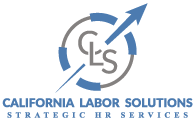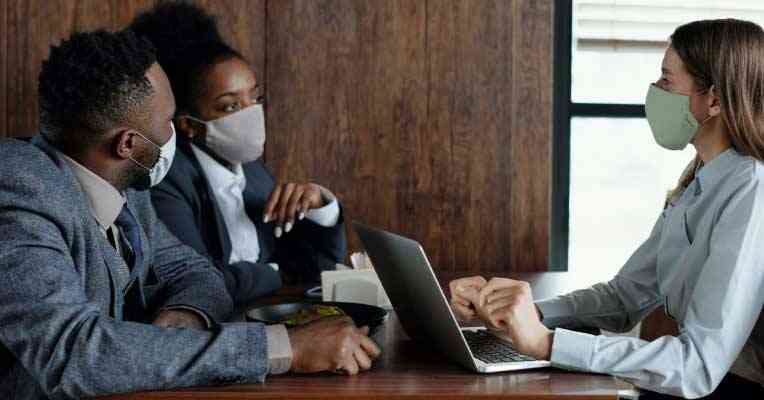Following the June 17 vote by the Occupational Safety and Health Standards Board to adopt the revised COVID-19 Prevention Emergency Temporary Standards, Governor Gavin Newsom signed an executive order to allow the revisions to immediately take effect on June 17. The revised regulations reflect the state’s latest COVID-19 public health guidance.
These are the most important changes in the June 17 revised Emergency Temporary Standards:
Testing
Employers must offer testing at no cost to employees during paid time to:
– Symptomatic unvaccinated employees, regardless of whether there is a known exposure. This is a new requirement.
– Unvaccinated employees after an exposure.
– Vaccinated employees after an exposure if they develop symptoms.
– Unvaccinated employees in an outbreak.
– All employees in a major outbreak.
Face Covering
– No face covering requirements outdoors (except during outbreaks), regardless of vaccination status, though workers must be trained on CDPH recommendations for outdoor use of face coverings.
– Employers may allow fully vaccinated employees not to wear face coverings indoors, but must document their vaccination status. There are some settings where CDPH requires face coverings regardless of vaccination status. In outbreaks, all employees must wear face coverings indoors and outdoors when six-feet physical distancing cannot be maintained, regardless of vaccination status.
– Employers must provide unvaccinated employees with approved respirators for voluntary use when working indoors or in a vehicle with others, upon request.
– Employers may not retaliate against employees for wearing face coverings.
Vaccines
– The employer must record the vaccination status for any employee not wearing a face covering indoors and this record must be kept confidential.
– An employer is not obligated to require employees to submit proof of being fully vaccinated. In that case, the employer must treat the employee as unvaccinated and must not take disciplinary or discriminatory action against the employee.
Physical Distancing
– Employers are under an ongoing requirement to assess workplace hazards and implement controls to prevent transmission of disease. There may be circumstances in which employers determine that physical distancing is necessary in their workplace.
– No physical distancing or barrier requirements regardless of employee vaccination status with the following exceptions:
– During an outbreak (3 or more employees in an exposed group), employers are required to evaluate whether physical distancing or barriers are necessary to control the transmission of COVID-19.
– Physical distancing and barriers must be used in a major outbreak (20 or more employees in an exposed group) for all employees, regardless of vaccination status.
Enforcement
– Employers should implement the June 17 ETS as soon as possible. For those unable to implement the ETS immediately, the employer must implement or retain alternative controls to ensure the health of employees.
– With respect to face coverings, the employers can comply with the June 17 ETS by requiring face coverings for all employees while they gather documentation to allow fully vaccinated persons to go without face coverings.
– If an employer is unable to provide NIOSH-approved face masks on the effective date of the ETS revisions, it is particularly important that the employer take alternative measures to protect unvaccinated employees until face masks are available.
These requirements from the November 2020 ETS remain in place:
– An effective written COVID-19 Prevention Program.
– Providing effective training and instruction to employees on the employer’s prevention plan and their rights under the ETS.
– Providing notification to public health departments of outbreaks.
– Providing notification to employees of exposure and close contacts.
– Requirements to offer testing after potential exposures.
– Requirements for responding to COVID-19 cases and outbreaks.
– Quarantine and exclusion pay requirements.
– Basic prevention requirements for employer-provided housing and transportation.

